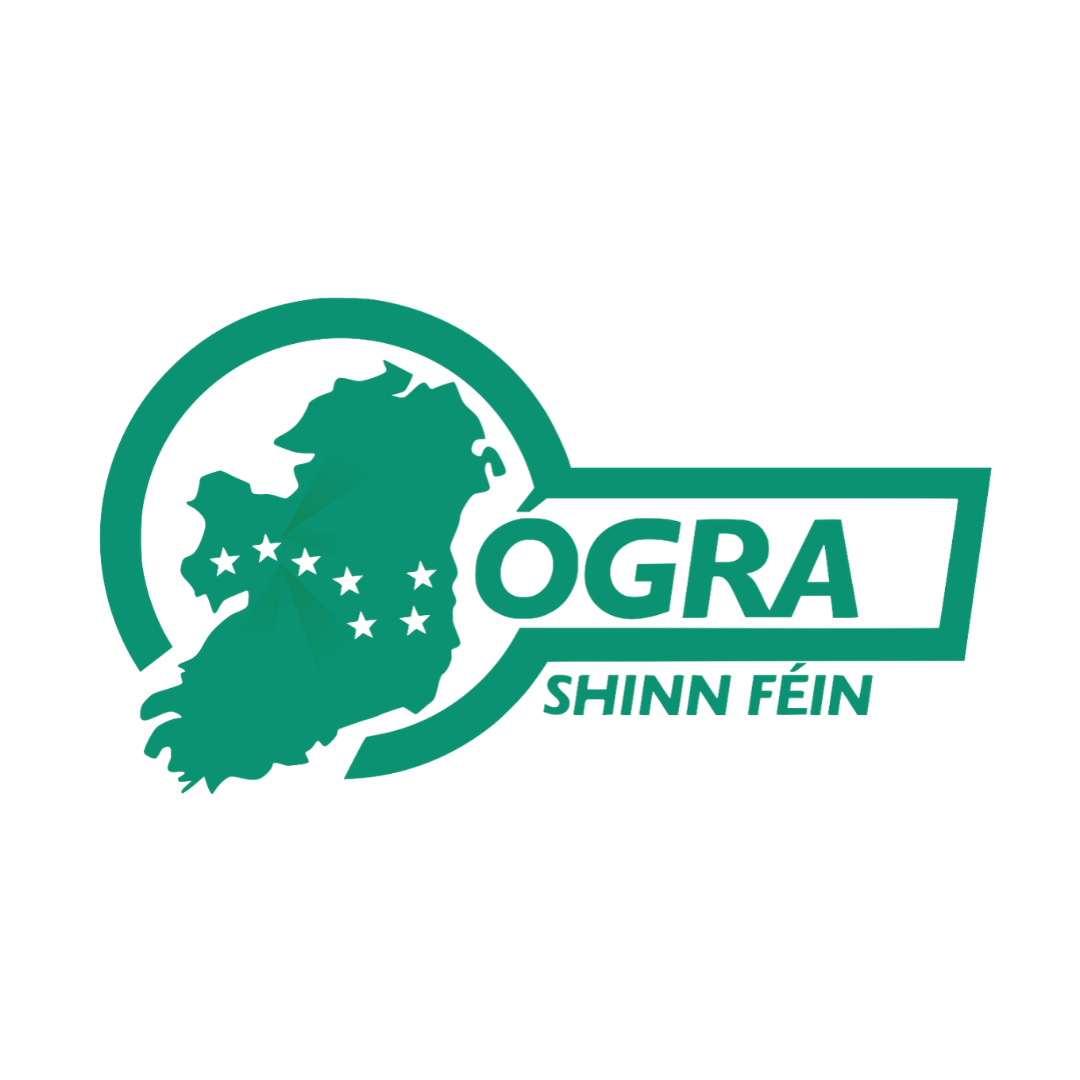Graffiti on the Walls
The appearance of a new mural in West Belfast has caused a stir in all the usual circles the last couple days. The Irish language rap group Kneecap unveiled a new mural on Hawthorn street of an PSNI jeep on fire after being hit with a petrol bomb. The standard commentators, who every year have their tweets prepped to attack Féile An Phobail and the Wolfetones gig, were caught off guard and had to pivot to a different denunciation along the same lines a whole day early. The various outcries were predictable even before the mural was unveiled. The “sectarian” label was tossed around the most and similarly comments of images harkening back to more violent times.
Belfast as a city is known for its wide assortment of murals. So much so that there’s an entire tourism industry built around it with walking tours and taxi tours all around the different sides of the city and across the different communities. Over the years the murals, especially in nationalist areas, have become more tame, swapping out IRA members with guns for; memorials, calls for unity and peace, and rallying cries for various causes. It’s not strange then to see murals updated and repainted such as the international wall that gets regularly changed. If you ask me the real contentious part is the Cumann na mBan mural featuring Winifred Carney and Nora Connolly (two often overlooked figures in Irish Republicanism) being painted over.
Only image of the wall with the old mural online
The solution then isn’t to remove the murals and leave the plain brick and plaster behind. Cities and towns are notoriously drab and unimaginative. The murals bring much needed life and spirit to areas. They, especially in the 6 counties less so in the 26, are the voice of mind of the communities. Go to Ballymurphy and you’ll see murals of local people who fought hard for their communities. Go to Twinbrook and you’ll see Bobby Sands on the walls of his old stomping grounds. Go down the Falls round past St. James’ and you’ll see Connolly with bold colours lighting up the walls around his old house at Glenalina Terrace.
Incentives and grants should be made available for communities to put genuine artwork up on walls, fences, electrical boxes, and other public facing structures. A nationalised government entity that hires these artists and gives them a steady paycheck for doing this constant stream of creative work benefits the people.
In the Soviet Union the Union of Artists of the USSR brought together various artistic trades. The union looked after their material needs so artists could focus on their work. Contrast this to how only a tiny elite strata of artists can afford to be creative full time where the vast majority work service or other jobs in order to give them a minute of freedom and space. With a union sheltering them they felt a double responsibility to the quality of their work, to themselves and to society.
Soviet era murals are still all over the former soviet republics. Even taking a walk around Berlin in the former German Democratic Republic you can see murals and mosaics in tribute to society, scientists, athletes, engineers around almost every corner.
Life is inherently beautiful but society has crammed us into bland shells with straight lines and limited colour palettes. It is clear that in a socialist republic we would have the freedom and give artists the freedom to truly express themselves without fear of starvation. Until then we will see the graffiti on the walls.

